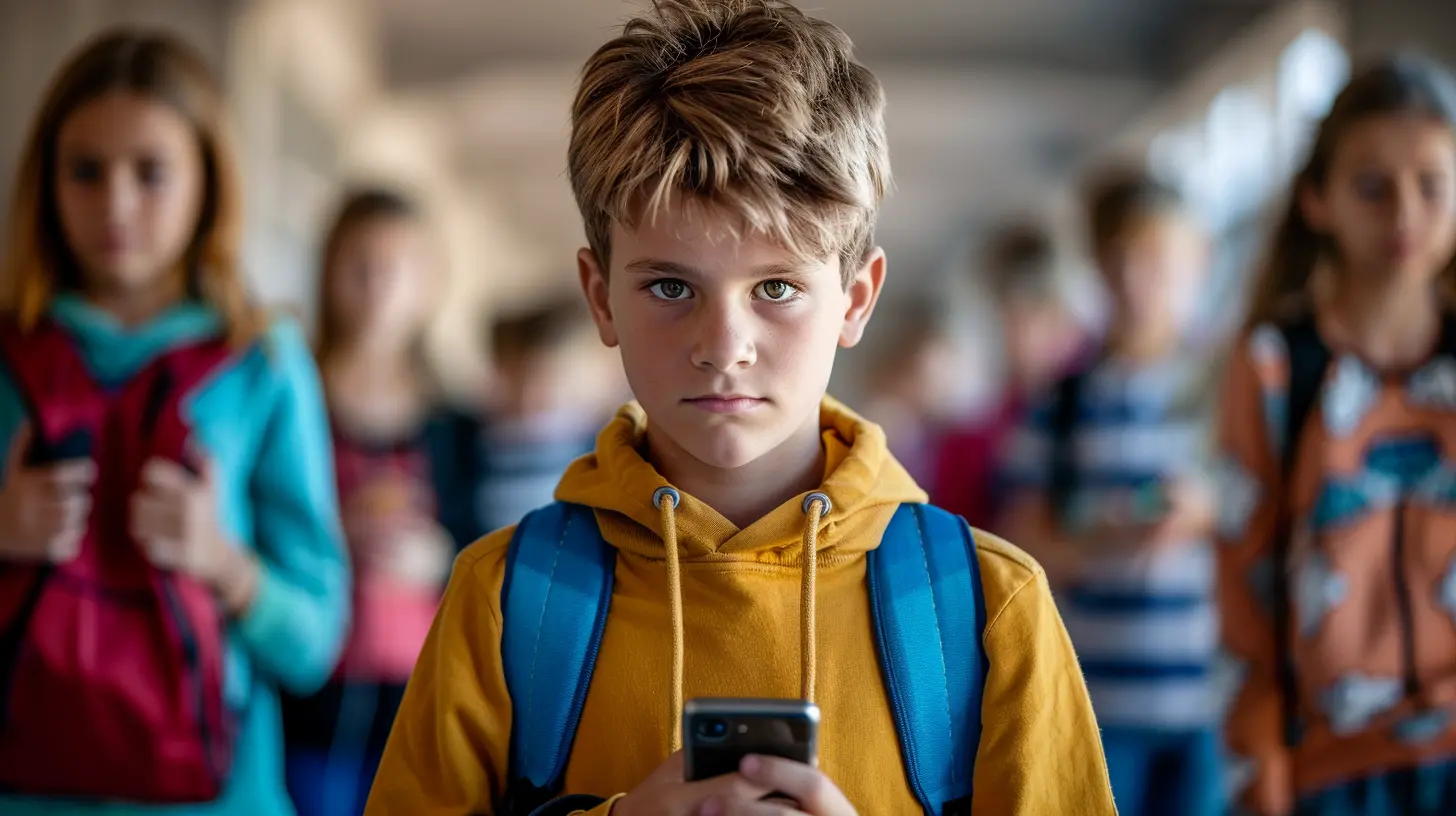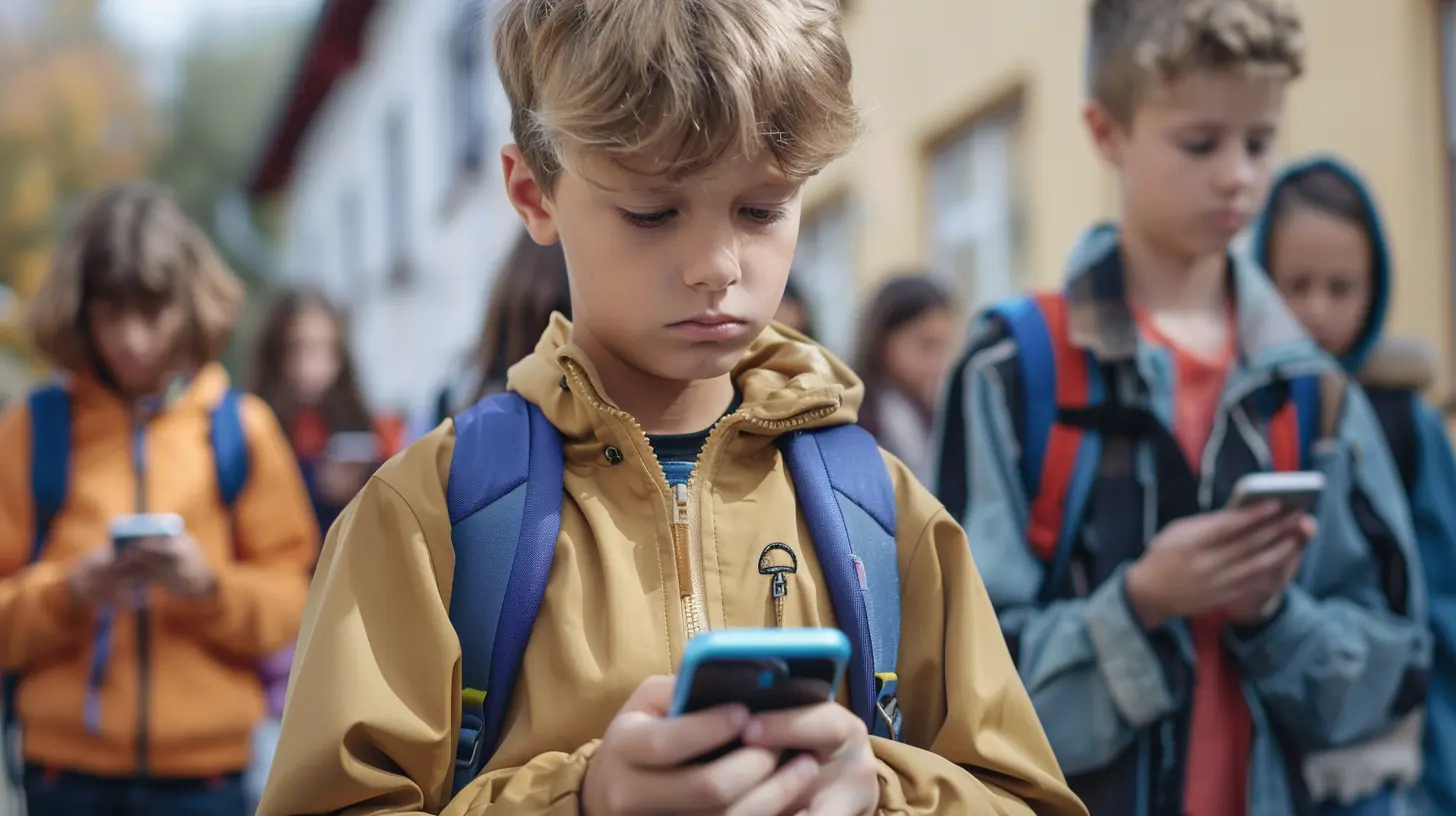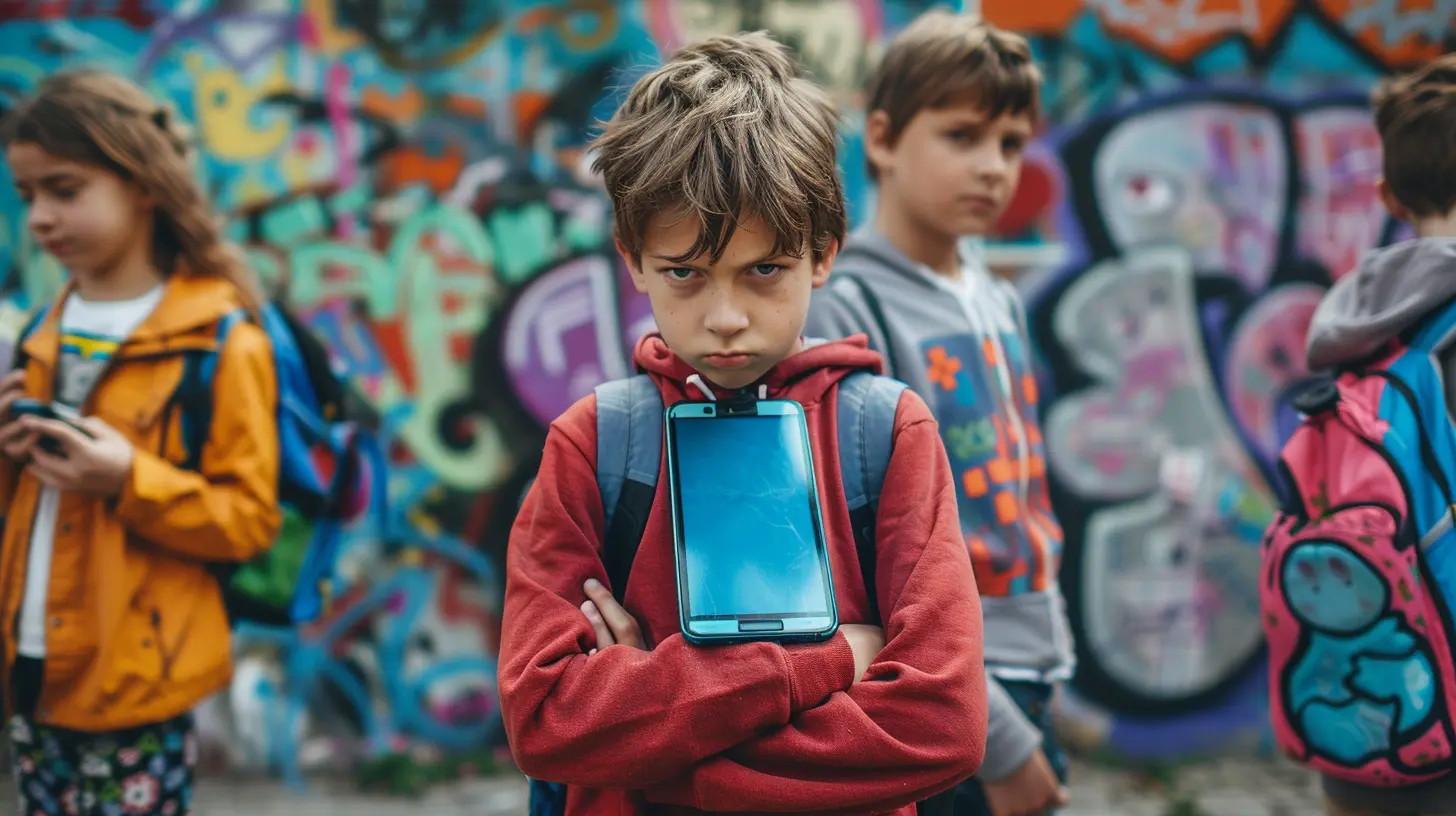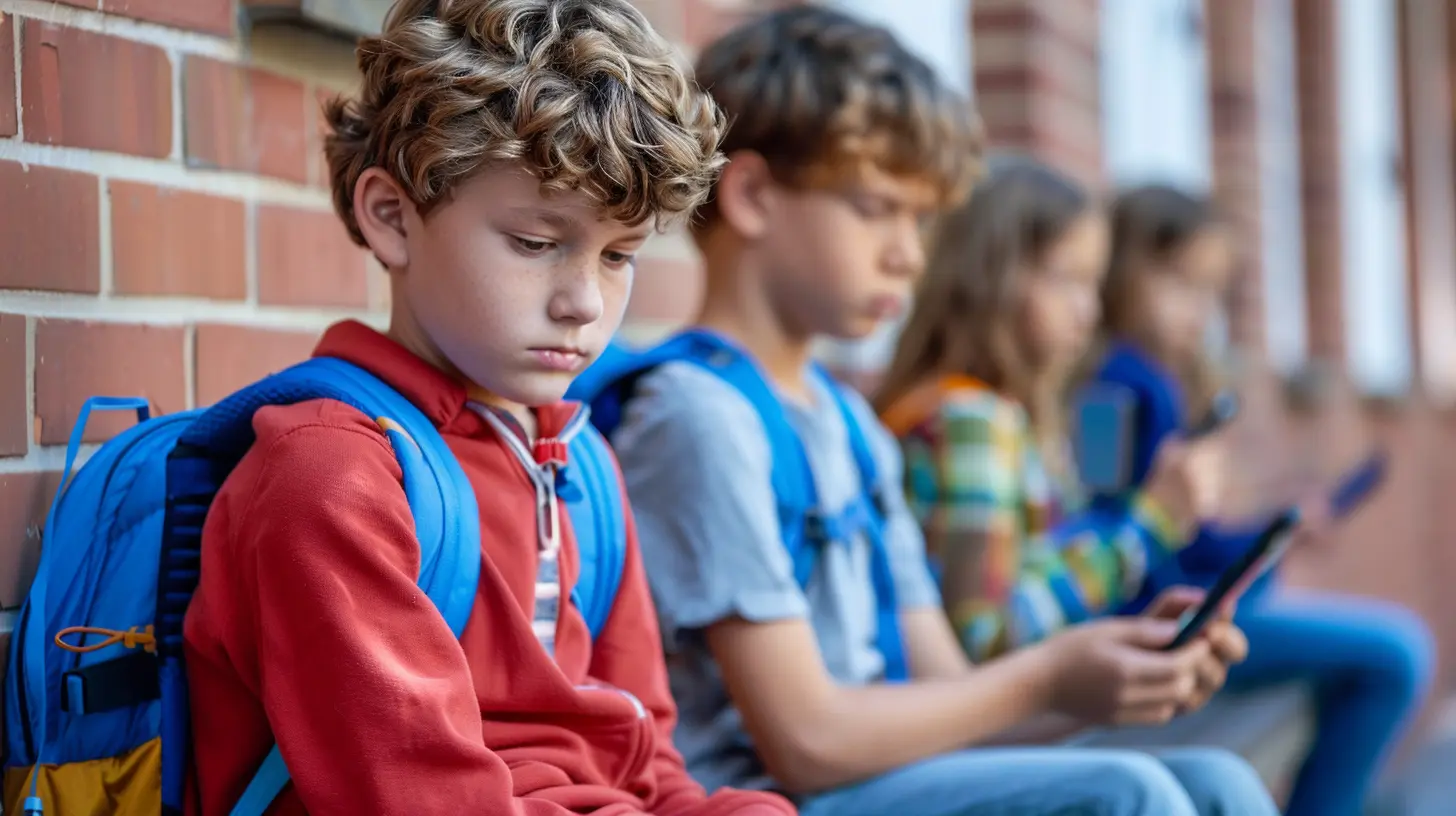Bullying in the Age of Social Media: What Educators and Parents Must Know
12 October 2025
We used to think of bullying as something that happened on the playground—some kid getting his sandwich stolen or another getting a push when no one was looking. But times have changed. Today, bullies don’t just lurk in the schoolyard; they follow kids home through their screens, sneaking into their pockets and popping up in their notifications like unwanted spam emails.
Welcome to the age of cyberbullying, where social media has given bullies unlimited access to their targets 24/7. So, what can educators and parents do to protect kids from this digital menace? Buckle up—let’s dive into the wild world of online bullying and what you need to know to tackle it head-on. 
What Exactly Is Social Media Bullying?
Bullying in the digital age isn’t just about mean notes stuffed in lockers. It has evolved into a more insidious form, where kids (and sometimes adults) use the internet, social media, and even gaming platforms to harass, embarrass, or threaten others.Common forms of social media bullying include:
- Harassment – Repeatedly sending mean, threatening, or offensive messages
- Doxxing – Sharing someone’s private information online
- Impersonation – Pretending to be someone else to humiliate or manipulate others
- Cyberstalking – Obsessively monitoring or intimidating someone online
- Exclusion – Leaving someone out of a group or chat on purpose to make them feel isolated
- Outing – Publicly exposing someone's personal secrets or private messages
Unlike traditional bullying, where you could escape by going home, cyberbullying follows kids everywhere. It’s like an annoying pop-up ad that refuses to go away. 
Why Has Social Media Made Bullying Worse?
1. Anonymity Gives Bullies Extra Confidence
People tend to say things online that they’d never dare say to someone’s face. It’s the digital equivalent of putting on an invisibility cloak and suddenly feeling invincible.2. It Spreads Like Wildfire
A single mean post can snowball into a viral disaster within hours. In the old days, only a handful of people might have witnessed a cruel prank; now, the entire internet can watch it unfold.3. No "Off" Button
Before social media, kids could escape bullies when the school bell rang. But now? Notifications light up their screens at all hours, making bullying inescapable. It’s like being stuck in a haunted house with no emergency exit.
How Cyberbullying Affects Kids
Cyberbullying isn’t just a harmless joke—it can have serious consequences on a child’s mental and emotional well-being. Here’s what educators and parents need to watch out for:- Anxiety & Depression – Constant harassment can take a toll on mental health.
- Low Self-Esteem – Being ridiculed online makes kids feel worthless.
- Academic Struggles – Stress and anxiety make it hard to concentrate on schoolwork.
- Social Withdrawal – Fear of harassment can lead to isolation from friends and activities.
- Suicidal Thoughts – In extreme cases, cyberbullying has been linked to self-harm and suicide.
If your child or student seems more withdrawn than usual, suddenly loses interest in things they once loved, or becomes overly secretive about their phone, it’s time to ask questions. 
How Can Educators Help?
1. Talk About It Openly
Schools should address cyberbullying the same way they talk about traditional bullying. Have classroom discussions and use real-life examples to help students understand the impact of their actions.2. Set Clear Policies
If your school doesn’t have a cyberbullying policy, it’s time to create one. Kids need to know what’s acceptable behavior and what isn’t, along with the consequences of online harassment.3. Encourage Reporting
Many students don’t report cyberbullying because they fear retaliation or believe nothing will be done. Create a safe space where students feel comfortable coming forward.4. Teach Digital Citizenship
Kids might be tech-savvy, but that doesn't mean they know how to navigate the internet responsibly. Teaching online etiquette, privacy settings, and critical thinking can prevent a lot of trouble down the road.5. Monitor School Networks
If bullying is happening on school computers or during school hours, educators must step in. Using monitoring software can help track inappropriate behavior.What Can Parents Do?
1. Keep Communication Open
The best way to protect your child? Talk to them! Ask about their online experiences. Let them know they can come to you without fear of punishment.2. Set Boundaries for Social Media Use
Let’s be real—taking away social media completely isn’t practical. But setting limits on screen time, encouraging breaks, and keeping devices out of the bedroom at night can help.3. Follow Their Social Media Accounts (Without Spying Like a Secret Agent)
You don’t need to comment on every post, but keeping an eye on what they’re posting and who they’re interacting with can help you spot red flags early.4. Report and Block
If your child is being harassed, don’t just ignore it. Help them report abusive users and block them. Social media platforms have tools designed to handle cyberbullying—make use of them!5. Encourage Positive Online Behavior
Set a good example by practicing kindness online. Teach your kids that if they wouldn’t say something in person, they shouldn’t say it online either.When to Seek Professional Help
If cyberbullying is affecting your child’s mental health, don’t hesitate to seek help from a counselor or therapist. There’s no shame in needing extra support. Sometimes, kids just need someone to talk to who isn’t a parent or teacher.Final Thoughts
Social media has changed the way kids interact, and unfortunately, that includes how they bully each other. While we can’t eliminate cyberbullying overnight, educators and parents can take steps to protect children and teach them how to navigate the digital world responsibly.Let’s work together to make the internet a safer, kinder place—one post, one comment, and one conversation at a time.
all images in this post were generated using AI tools
Category:
Bullying PreventionAuthor:

Anita Harmon
Discussion
rate this article
1 comments
Tristan Holland
Awareness and communication are key to prevention.
October 20, 2025 at 5:02 AM

Anita Harmon
Absolutely! Awareness and open communication are essential for effectively preventing bullying in the digital age.


